Post-contract changes need not be a problem, but they absolutely need a well thought-through process
Professionals who build fantastic homes for satisfied customers share some important traits. Two of these are an obsession with details and with clearly communicating those details to the homeowners. Great builders are great communicators, and part of being a great communicator is documenting every part of the job.
It takes a lot of work to craft detailed construction documents, but that work pays off by showing the homeowners exactly what they're getting and by helping the builder understand exactly what the homeowners want. They keep everyone working from the same set of expectations and ensure a smoother, more enjoyable build process.
Critical documents include the contract, the plans and the specs. They also include change orders.
The usual definition of a change order is anything that alters the scope, schedule or cost of the work after the homeowner has signed the final contract. We refer to these changes as 'Additional Work Authorizations.' Professional builders strive to minimize such changes by encouraging clients to make product selections before work begins and by writing detailed specs (product descriptions) for the homeowners to review and approve.
While these efforts can minimize changes, they can't eliminate all of them. There will always be situations where a selection switch is desired (or even needed) or where the scope of work grows larger.
That big wall opening may require a heavier (more expensive) beam; the excavator may encounter unforeseen ledge (bedrock) that requires blasting; the homeowners may decide after the drywall has been installed that they really want an additional window, or, after drilling the well, it is discovered that the water contains high levels of iron resulting in the need for a comprehensive water treatment system.
Such changes need to be carefully managed. That's where good work authorization documents earn their keep.
Know What You're Getting
It's hard to overstate the importance of detail here. An additional work authorization should outline the specific reason for the switch, the details of what is being changed and the additional cost to the homeowner from original budget.
Let's look at the example of homeowners who want a different master bath tile than the one originally specified, potentially adding $1,500 in product and installation. A professional contractor will quantify the cost of the additional tile, its effect on installation and the resulting change to the project timetable, present these numbers to the homeowners on their standard Additional Work Authorization form and get written approval from the homeowner prior to the product being ordered.
Many professional builders also add an administrative fee to their change orders. This covers the time required for staff to research products and prices, complete the paperwork, and call subcontractors to determine the effect on the schedule. If, for instance, that new tile will take an extra two weeks to come in, the builder's staff will have to work with the plumber on rescheduling the toilet installation. If the homeowner cancels the change after the contractor's staff has done this work, in most cases they will still have to pay the administrative fee.
It is worth noting that misunderstandings about changes to the scope of work can arise on even the best-managed job with the most detailed documentation. Fortunately, these are usually minor. The homeowners may decide to go an entirely different direction with their landscape design, with proposed changes and costs having been communicated back and forth between parties via email - this communication will typically suffice as there is written record of the anticipated changes. However, it is still advisable to maintain the system and present these changes through an Additional Work Authorization form. Perhaps the homeowners expected three coats of exterior paint on that new siding when industry standards call for two, or maybe they assumed a tile baseboard in the bath, even though it wasn't in the specs. The sheer number of products and decisions that go into a custom home make it impossible to foresee every detail.
These issues are easily resolved if there's mutual trust between the homeowner and the builder, which is why it's so important to hire a trustworthy pro in the first place. And one trait that professional builders possess is a series of systems for great communication.
